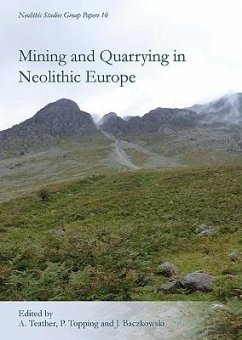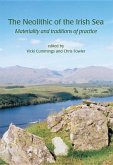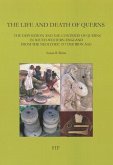The social processes involved in acquiring flint and stone in the Neolithic began to be considered over thirty years ago, promoting a more dynamic view of past extraction processes. Whether by quarrying, mining or surface retrieval, the geographic source locations of raw materials and their resultant archaeological sites have been approached from different methodological and theoretical perspectives. In recent years this has included the exploration of previously undiscovered sites, refined radiocarbon dating, comparative ethnographic analysis and novel analytical approaches to stone tool manufacture and provenancing. The aim of this volume in the Neolithic Studies Group Papers is to explore these new findings on extraction sites and their products. How did the acquisition of raw materials fit into other aspects of Neolithic life and social networks? How did these activities merge in creating material items that underpinned cosmology, status and identity? What are the geographic similarities, constraints and variables between the various raw materials, and how does the practise of stone extraction in the UK relate to wider extractive traditions in northwestern Europe? Eight papers address these questions and act as a useful overview of the current state of research on the topic.








